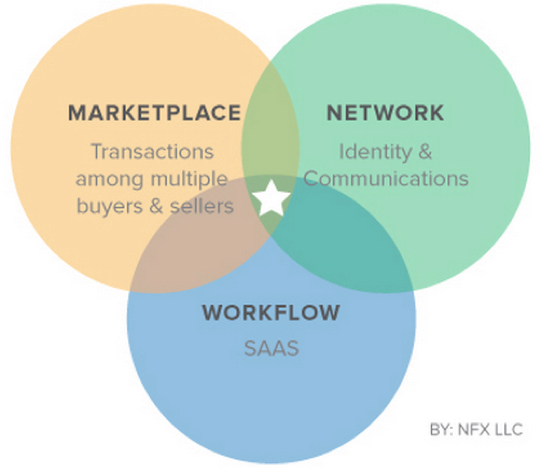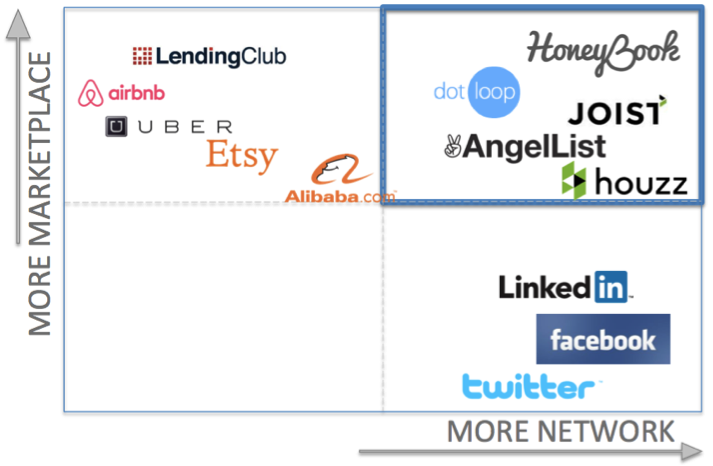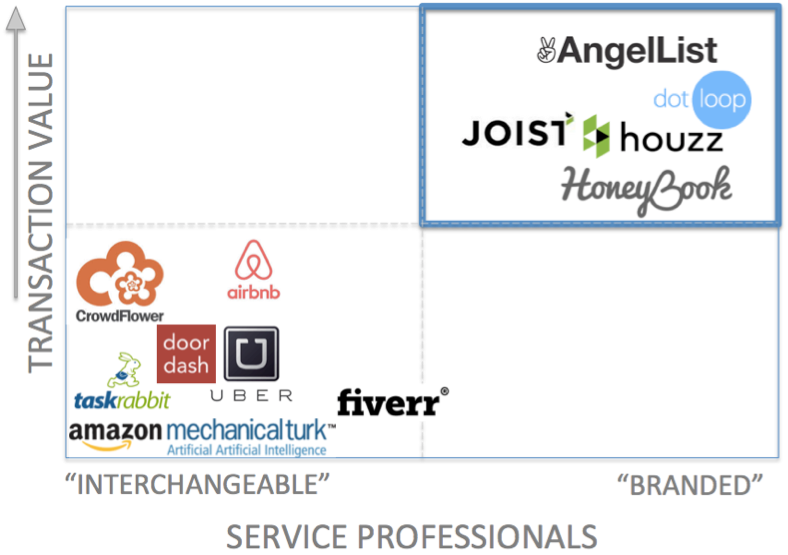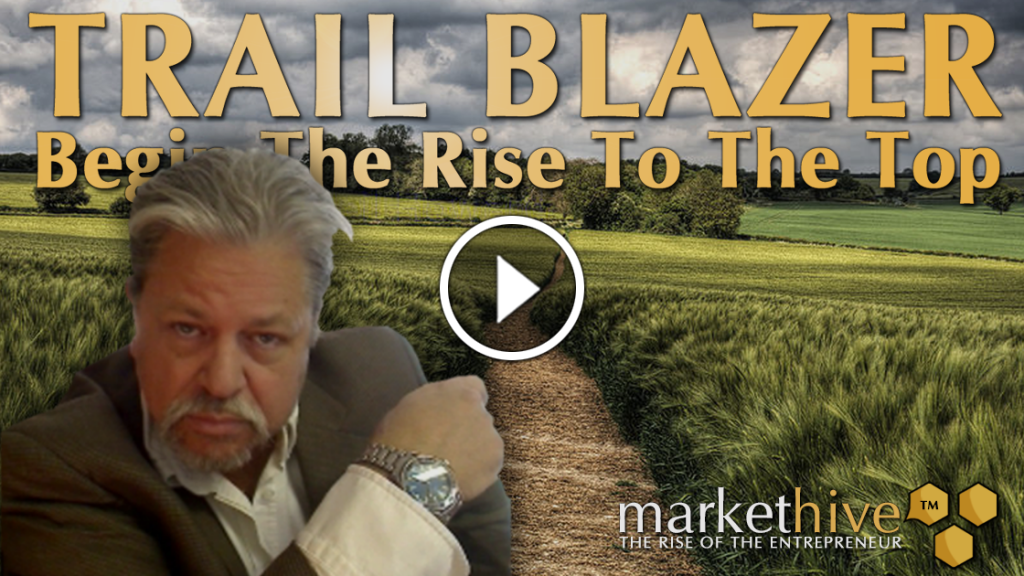
URLs. They’re one of the most basic elements of SEO. Yet they’re vitally important.
In fact, Backlinko reports that URLs are a significant ranking factor.
More specifically:
- URL length is listed as #46 in Google’s top 200 ranking factors
- URL path is listed as #47
- Keyword in the URL is #51
- URL string is #52
So when you put it all together, URL optimization is kind of a big deal. And it seems simple enough. Enter a few words into the URL slug, throw in a keyword or two and you’re good. Right? If only it were that easy. In reality, there’s an entire science behind proper URL optimization. But after tons of research and a lot of trial and error on my end, I’ve come up with what I think is a rock solid formula. It covers all of the bases and aims to satisfy both search engine bots and of course human users. In this post, I’m going to explain the science behind creating URLs for maximum SEO as well as the logic behind each tactic. So let’s get to it.
Choose a top level domain
Let’s start from the beginning. There’s an infographic from Search Engine Land that covers the ins and outs of friendly URL structure. One thing they point out is that using a top level domain (TLD) is usually your best bet. This simply means that it’s ideal to use a “.com” domain rather than “.biz,” “.pro,” “.tel,” etc. Now I’m not saying that you’re doomed if you use anything other than “.com” for your domain. In fact, TLD doesn’t directly impact rankings. But what it does tend to do is increase trust for human users.
And this is huge. When people trust your domain, it’s going to trickle down and have a positive impact on your overall SEO. I realize that making this point doesn’t do you a lot of good if you already have a domain other than “.com.” I also realize that it’s simply not realistic to be able to land your brand name with a “.com” domain (there were over 124 million “.com” domains of 2016), but it’s something to keep in mind if you’re choosing a domain in the future. This post offers some insight on what you can do if the domain name you want is already taken.
HTTPS is ideal
Online security is a huge issue these days. With cyber crime and identity theft on the rise, Internet users want to know that they’re using a secure connection. Just look at how the monetary damage reported by cyber crime has increased from 2001 to 2015.
It’s dramatic.
As a result, I really recommend using HTTPS rather than HTTP. If you’re unfamiliar with the difference, HTTPS stands for “HyperText Transfer Protocol Secure,” which is the secure version of HTTP. This simply means that information on a website is encrypted, which heightens security significantly. Here’s an illustration of the difference between HTTP and HTTPS.
Not only does this keep your visitors at ease, it has actually become a ranking signal. According to Searchmetrics, “HTTPS is becoming more relevant and even a ranking signal for Google. Encryption is primarily important for sites with purchasing processes or sensitive client information to increase trust and conversion rates.” And in my opinion, this is likely to become an even bigger ranking signal in the future.
If your site hasn’t yet received an SSL certificate, I suggest taking care of this ASAP. This is especially true if you actually process customer orders and capture sensitive financial information online. You can learn about the details of this process here. There are several companies you can choose from to buy an SSL certificate. One of the top providers is Namecheap. First, you choose a plan to buy. Then choose the number of years you want your SSL certificate to last.
Then confirm your order.
Once it’s activated, you’ll need to install your SSL certificate and update your site to use HTTPS. This is fairly technical, but you can find pretty much everything you need from this resource. It will walk you through step by step.
Length
Now that we’ve gotten the more technical aspects of URL optimization out of the way, let’s get down to the nuts and bolts.The element I’d like to address first is length, and it’s a biggie.But when you really break it all down, deciding on the length of a URL is quite simple.The shorter the better.According to Backlinko, “Shorter URLs tend to rank better than long URLs.”To prove this, they performed some extensive testing on one million Google search results.Here’s a graph that shows how Google rankings decline as URL length gets longer.
It’s pretty cut and dry.
Notice how the number one position has URLs with roughly 50 characters. But once you move down to the number 10 spot, the average URL has 62 characters. So somewhere around 50 — 60 characters is a pretty good number to shoot for. If you go way beyond (say 80+ characters), this is likely to have a negative impact on your ranking.
How many words should you use?
I personally try to shoot for around three to five words per URL because it’s simple and gives users a pretty clear idea of what a particular piece of content is all about. Here are a couple of examples from NeilPatel.com
See what I mean?
I keep the number of words in these URLs to a minimum, but you can still get a sense of what you can expect to find by clicking on those links. According to an interview with Matt Cutts, this is a pretty good formula to stick with. Here’s a snippet from the interview. The bottom line is that you want to condense the essence of your content into roughly three to five words and try to use a max of 60 characters. If you consistently implement this formula, you should be good to go.
Readability
Like I said earlier, there’s a correlation between user-friendliness and overall SEO.They’re forever intertwined. And this is most definitely true when it comes to URL optimization.Or as Moz puts it, “A well-crafted URL provides both humans and search engines with an easy-to-understand indication of what the destination page will be about.”This brings me to my next point.You should strive to structure your URLs for maximum readability.While I realize that this is an inherently subjective term, I think that this “scale of readability” illustration explains it quite well.
Notice how the first example is short, to the point, and easy to understand? Without even clicking on the link, it’s clear that it contains images of adorable puppies that are confused by a rainbow. So it probably contains something like this.
But notice how the examples get increasingly more confusing. The third example gives you absolutely no idea of what you’ll get by clicking on the link. In fact, it could quite possibly be a nefarious link that will infect your computer with a terrible virus. But let me elaborate just a bit more on the importance of readability. Say that someone links to one of your posts.
While they may initially replace the naked URL with their own anchor text like “cute puppies confused by a rainbow,” there’s a good chance that the URL will be copied into other sources somewhere down the line.At some point, it will probably be ppostedas the original naked URL.If it’s easily readable with http://mydomain.com/puppies-adorably-confused-by-rainbow, it will still be easy to understand regardless.
But if it’s ugly and long winded like http://cdn07.mydomain.cc/9rf7e2/i?HXID+iaj34089jgt30hgqa3&qry=f#loaddelay, no one is going to have a friggin clue what it’s about. I dare you to click on that link. So the point here is that simplicity and clarity are what you want to aim for when creating URLs. If it can be easily understood with a quick glance, you should be good to go. Fortunately, you’re a human, so it shouldn’t be all that difficult to structure your URLs for other humans.
Use hyphens, not underscores
When it comes to putting spaces between words, you have two main choices. You can use either hyphens or underscores. So what’s the best choice? That’s a no-brainer. Always use hyphens. Here’s advice straight from the horse’s mouth. If this is what Google prefers, you can rest assured that it’s the best option.
Use lowercase letters
Okay, this is probably obvious to at least 90 percent of you. But I thought that I should mention it just to be clear. Always stick with lowercase letters. Why? Using uppercase letters can potentially lead to redirects or 404 errors on certain servers. So just don’t do it.
Stop words
Here’s a topic that’s received a substantial amount of debate. To use stop words or not use stop words? That is the question. First of all, what exactly are stop words? They’re words like:
These are basically “filler” words that connect the essential words that are the backbone of your URL. For a long time, stop words were viewed by many SEOs as an unforgivable sin that simply could not be forgiven. But you know what? It’s really not that big of a deal. In fact, it’s unlikely that you’re going to be penalized for using them. However, they’re not going to do you any favors either. Stop words are basically ignored by search engines and don’t carry any real weight as a ranking factor. So here’s what I recommend when approaching stop words.
Don’t use them if you can help it.
If your URL structure still makes sense and is readable, including stop words is only going to make your URL longer and more complicated. But if you feel like you need to include a stop word for your URL to make sense and more readable then go ahead and include it. The key word here is “readable.” If it makes it easier for people to read, then that’s usually your best option. Just use your best judgment when deciding which route to go.
Use “safe” characters
And here’s another point I need to make. It has to do with using “safe” characters in your URL rather than “unsafe” characters. The easiest way for me to explain the difference between the two is to simply show you a graph from Perishable Press. It’s pretty simple. You’re totally fine using safe characters in your URL. But you definitely want to stay away from unsafe characters. The reason is because they can create issues for browsers, which creates usability issues. Not good.
Use a max of two folders per URL
If you’re unsure of what I mean by “folders,” they’re simply the slashes you see between text in a URL. Like most other aspects of URL optimization, it’s best to keep it simple with the number of folders you use in your URLs.
In other words, less is best.
According to Moz, “It’s not that the slashes (aka folders) will necessarily harm performance, but it can create a perception of site depth for both engines and users, as well as making edits to the URL string considerably more complex (at least, in most CMS’ protocols). Users can still tell what the content is about with the second, restructured URL, but it contains fewer folders. And if you really want to get specific in terms of the number of folders to use, stick with one or two. This makes your URL way more eye appealing, and it’s easier for search engines to decipher the meaning.
Target 1-2 keywords
Ah…keywords. You should have known that this topic would surface at some point in this post. So what’s the best way to handle keywords when creating URLs? Should you still include them? If so, how many can you include before it’s seen as spam and you get penalized?
Well here’s my take on things.
First of all, you should definitely still include keywords in your URL. Although this practice is unlikely to skyrocket you to the number one spot, it should give your ranking a slight boost. And from a user standpoint, including keywords serves a very important purpose. It enables the URL to serve as the anchor text when your content is copied without including anchor text to clarify. This way people can instantly tell what your content is about at a quick glance regardless of where they find the link. Even without anchor text, it’s good to go. This takes the guesswork out of it and will encourage more people to inevitably click on your content.
But here’s the deal.
You by no means want to shamelessly stuff keywords into your URL. This should go without saying. That would be a recipe for disaster. But exactly how many keywords should you target? Is there a specific number? According to Brian Dean of Backlinko and John Lincoln, CEO of Ignite Visibility, you should aim for one or two keywords per. Adding more and “Google will not give you as much credit.” And let’s be honest. Keyword stuffing in any way is never a good thing. You wouldn’t use keyword stuffing in your content, so why would you use it in your URL? In terms of positioning, it’s generally regarded as best practices to include your target keywords located toward the beginning of your URL.
Avoid keyword repetition
Here’s one last little detail. Never repeat your keywords (or any words for that matter) in a URL.
Here’s why.
Repetition is pointless because Google will in no way reward you for using a keyword that appears more than once (what is it 2005?). In fact, this could potentially be seen as a form of manipulation, which obviously isn’t good. Moving beyond that, it’s probably going to make your content look spammy, or at the very least, diminish your credibility in the eyes of search engine users. It just looks ridiculous to have the keywords “canoe puppies” listed back to back between two folders. So stay away from this tactic at all costs.
Conclusion
While it may seem easy enough on paper, the URL optimization process can be quite tricky. There are several variables that must be addressed when structuring URLs to appease both search engines and human users. It starts with the more technical aspects like choosing a top level domain and getting an SSL certificate so users know that your site is safe. You should then work your way down to finding the optimal number of characters and words to ensure that your URL has “human-readability.” There’s also the issue of proper formatting so to not cause problems for browsers.
And of course, you want to make sure that you’re correctly targeting your keywords without teetering on the edge of anything black hat. So yeah, it’s a little complicated. But when you break things down step by step, URL optimization becomes much more manageable. And when you really analyze it, the process largely boils down to a lot of common sense principles that can be encapsulated into three main words. Short, simple, and readable. If you create URLs with these objectives in mind, you should be golden. Can you think of any other URL optimization strategies?
Chuck Reynolds
Contributor







 From Social Networks To Market Networks
From Social Networks To Market Networks




 Markethive is a Market Network
Markethive is a Market Network